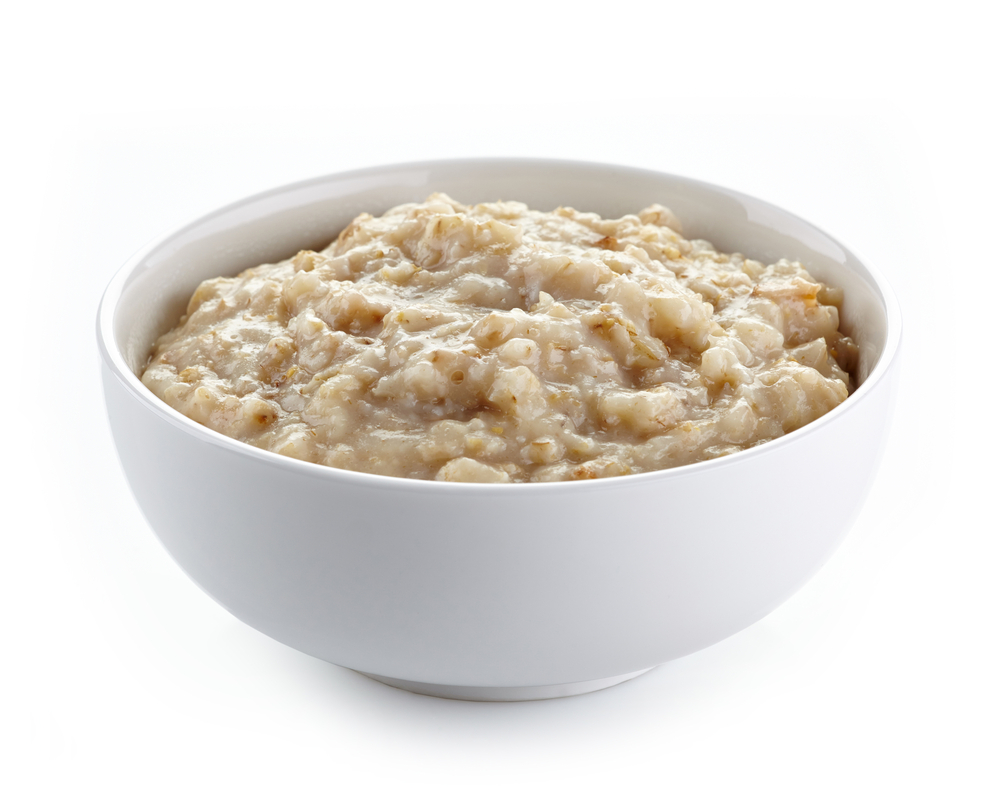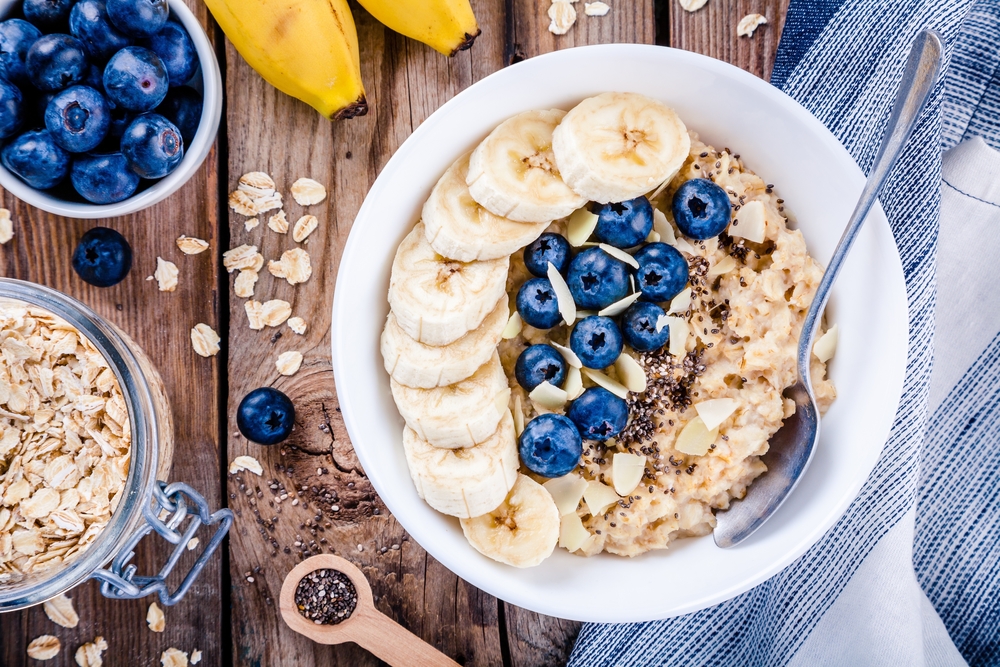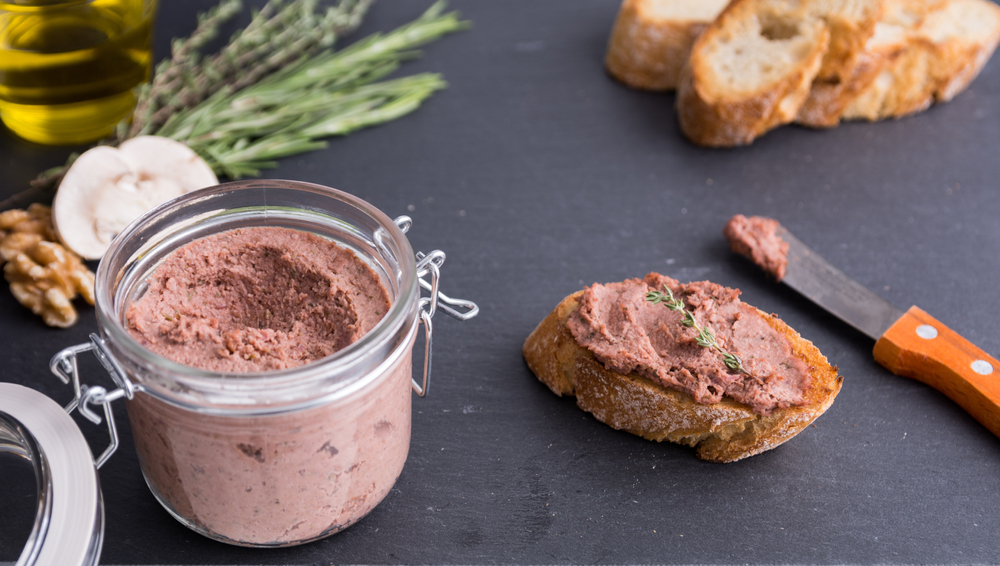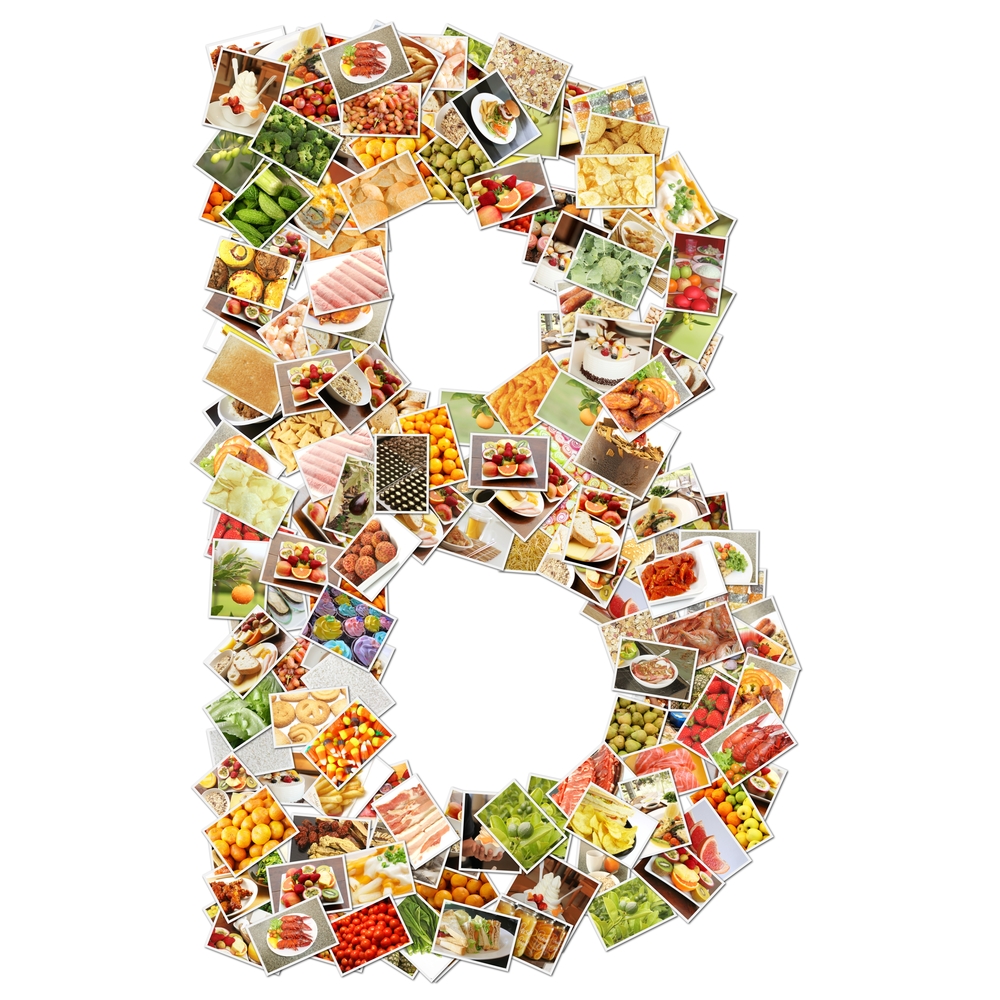I have always been curious about what haggis tastes like. As a traditional Scottish dish made from sheep’s offal, oatmeal, onions, and spices, it has gained a reputation for being an acquired taste.
Haggis is often described as meaty, earthy, and nutty, with a slightly livery taste. However, opinions on its taste vary widely, and some people find it unappetizing.
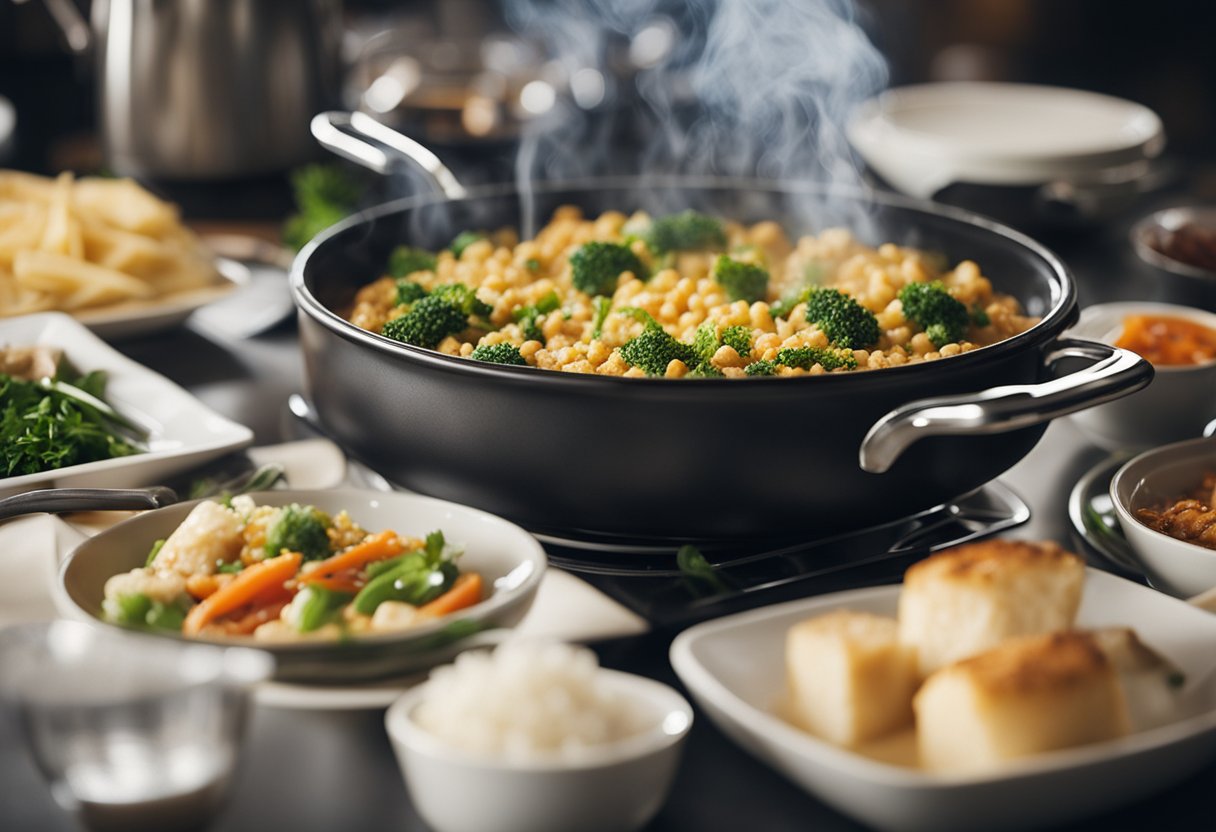
Despite its controversial reputation, haggis remains a beloved dish in Scotland and is often served on special occasions such as Burns Night.
Many people enjoy its unique flavor and texture, and some even consider it a delicacy. In this article, I will explore the taste of haggis in more detail and provide some insights into the history and preparation of this iconic dish.
Key Takeaways
- Haggis is a traditional Scottish dish made from sheep’s offal, oatmeal, onions, and spices.
- The taste of haggis is often described as meaty, earthy, and nutty, with a slightly livery taste.
- Despite its controversial reputation, haggis remains a beloved dish in Scotland and is often served on special occasions.
The Origin of Haggis
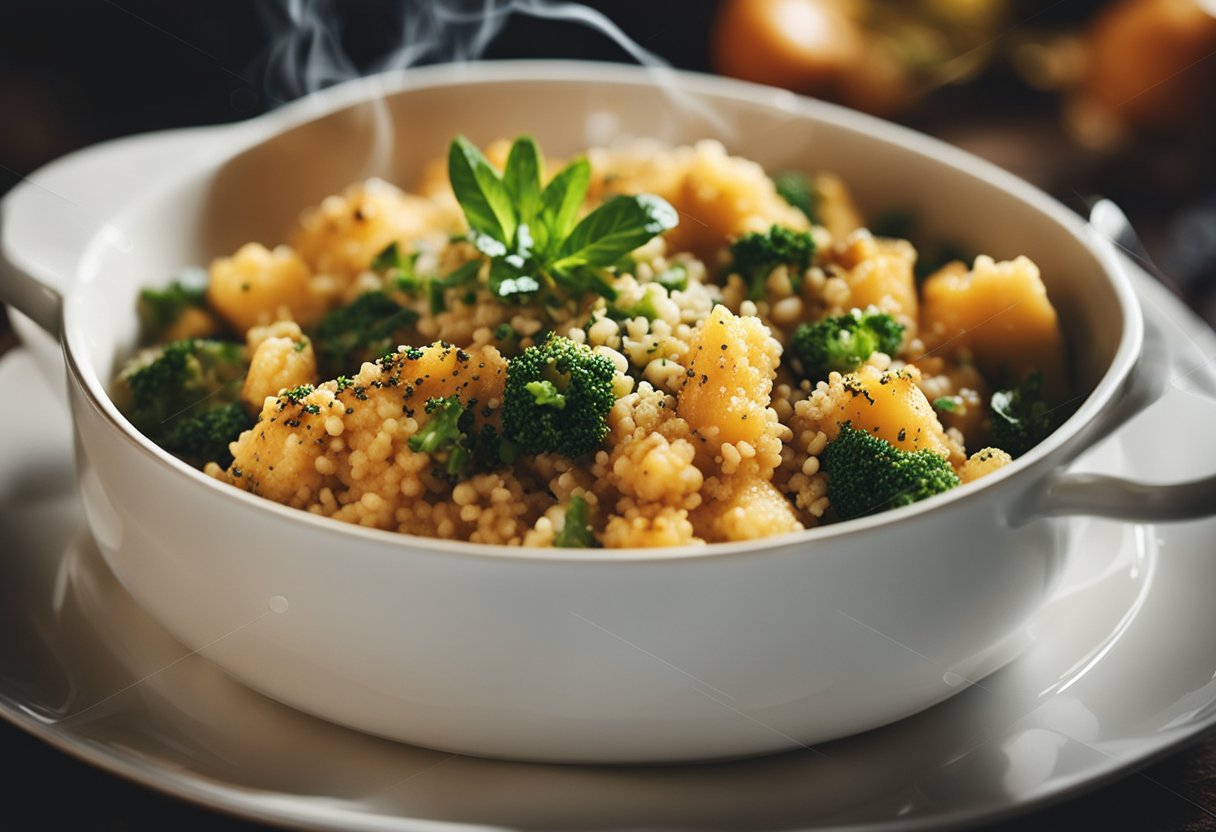
Haggis is the national dish of Scotland and has been a part of Scottish cuisine for centuries. It is a type of pudding made from the heart, liver, and lungs of a sheep, which are minced and mixed with beef or mutton suet and oatmeal.
The mixture is then seasoned with onion, cayenne pepper, and other spices before being packed into a sheep’s stomach and boiled.
The origins of haggis can be traced back to ancient times, when it was a way for hunters to use every part of the animal they had killed.
The dish was likely created in Scotland, where sheep farming was common and the harsh climate made it difficult to grow crops. Haggis was a way for the Scottish people to make the most of the resources they had available to them.
Haggis has been a part of Scottish culture for so long that it is considered the national dish of Scotland. It is often served on Burns Night, a celebration of the life and works of the Scottish poet Robert Burns. Burns wrote a poem called “Address to a Haggis,” which is traditionally recited before the haggis is served.
Despite its long history, haggis remains a controversial dish, with some people finding the idea of eating sheep’s organs unappetizing. However, for those who enjoy it, haggis is a delicious and hearty dish that is perfect for a cold winter’s day.
What is Haggis
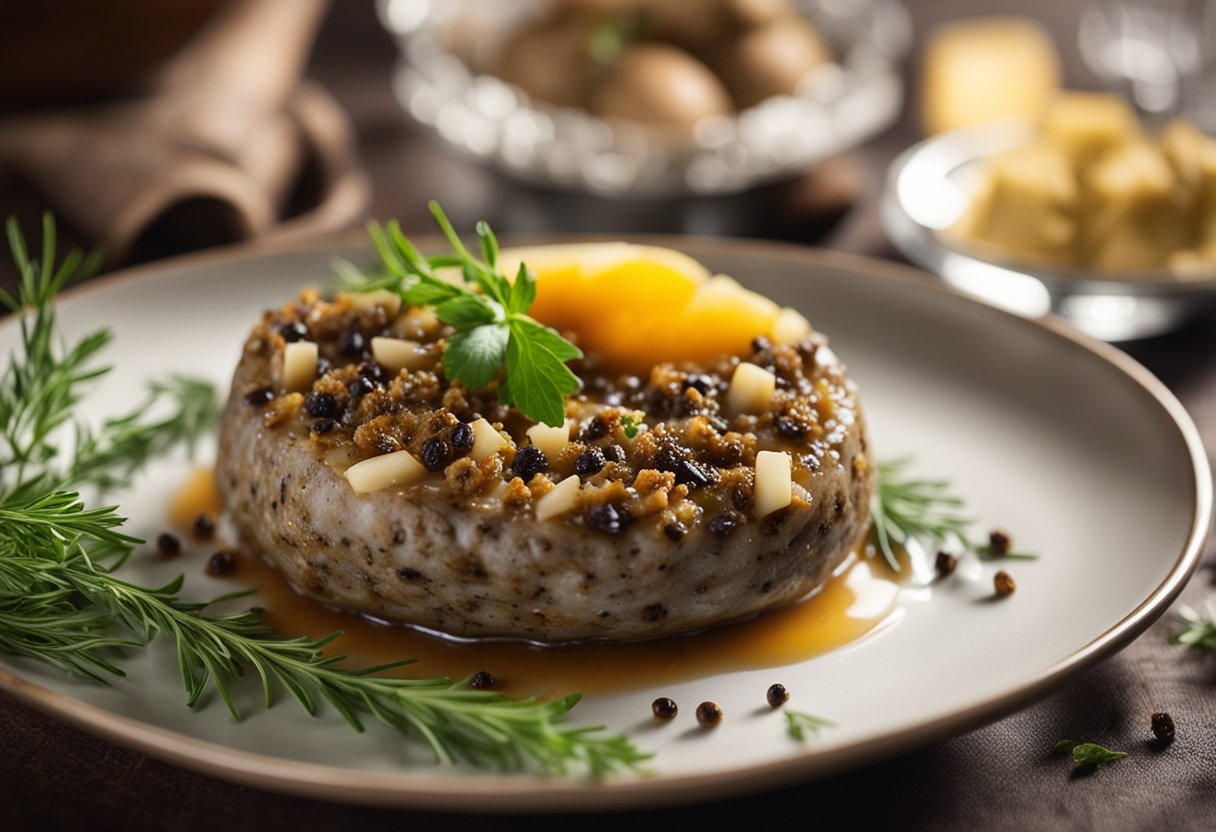
Haggis is a traditional Scottish dish that has been around for centuries. It is a savory pudding made from sheep’s heart, liver, and lungs, mixed with oatmeal, onion, and spices. The dish is then encased in a sheep’s stomach and boiled for several hours.
Haggis is often described as having a rich, meaty flavor with a slightly nutty taste from the oats. The texture is crumbly, and the dish is usually served with neeps (turnips) and tatties (potatoes).
One of the main ingredients in haggis is offal, which refers to the internal organs of an animal. In the case of haggis, the offal comes from sheep, specifically the heart, liver, and lungs. These organ meats are chopped up and mixed with other ingredients to create the haggis pudding.
The use of sheep’s stomach as a casing for haggis is also an important part of the dish’s history. The stomach was traditionally used as a way to preserve and transport the haggis, as it was a readily available and durable material.
Today, artificial casings are often used instead, but the use of sheep’s stomach remains a significant part of the dish’s heritage.
Overall, haggis is a unique and flavorful dish that has become an important part of Scottish cuisine. While it may not be for everyone, those who enjoy rich, savory flavors and hearty textures are sure to appreciate this traditional dish.
Preparing Haggis
As someone who has prepared haggis before, I can tell you that it’s not as difficult as it may seem. However, it does require some patience and attention to detail. Here’s a basic recipe for preparing haggis:
Ingredients
- 1 sheep’s stomach (or synthetic casing)
- 1 sheep’s liver, heart, and lungs
- 1 onion, finely chopped
- 1 1/2 cups of steel-cut oats
- 1 teaspoon of salt
- 1/2 teaspoon of black pepper
- 1/2 teaspoon of nutmeg
- 1/2 teaspoon of allspice
- 1/4 teaspoon of cayenne pepper
- 1 cup of beef stock
- Water, as needed
Instructions
- Clean the sheep’s stomach thoroughly, removing any excess fat or membrane. Soak it in cold salt water overnight.
- Rinse the liver, heart, and lungs under cold running water. Remove any excess fat or gristle, and chop them into small pieces.
- In a large bowl, mix together the chopped onion, oats, salt, black pepper, nutmeg, allspice, and cayenne pepper.
- Add the chopped liver, heart, and lungs to the bowl, and mix well.
- Stuff the mixture into the sheep’s stomach (or synthetic casing), leaving some room for expansion. Be sure to tie off the ends securely.
- Place the haggis in a large pot, and add enough water to cover it completely. Bring the water to a boil, then reduce the heat to a simmer.
- Cover the pot, and simmer the haggis for 3-4 hours, or until it is cooked through.
- Remove the haggis from the pot, and let it cool for a few minutes. Cut it into slices, and serve with neeps and tatties (mashed turnips and potatoes).
Note that if you don’t have access to a sheep’s stomach, you can use a synthetic casing instead. Also, some recipes call for baking the haggis in the oven instead of boiling it on the stove. However, boiling is the traditional method and tends to produce a more authentic flavor.
The Taste of Haggis
As someone who has tried haggis before, I can confidently say that it is an acquired taste. Haggis has a unique flavor profile that is difficult to describe, but I will do my best to convey what it tastes like.
First and foremost, haggis has a crumbly texture that comes from the mixture of meat, oats, and spices. The oats give it a nutty texture that is unlike anything else I have tasted.
As for the flavor, haggis is undeniably meaty and earthy, with a slightly gamey taste. It also has a peppery and spicy kick to it that adds to its overall complexity.
One thing to note is that haggis has a paté-like flavor that comes from the inclusion of liver in the mixture. This may not be to everyone’s liking, but it is an integral part of the dish. Overall, haggis is a dish that you either love or hate. It is certainly not for everyone, but those who enjoy it will tell you that there is nothing quite like it.
In summary, haggis has a unique flavor profile that is nutty, meaty, earthy, peppery, and spicy. Its crumbly texture and paté-like flavor may take some getting used to, but it is a dish that is worth trying at least once.
Serving Suggestions
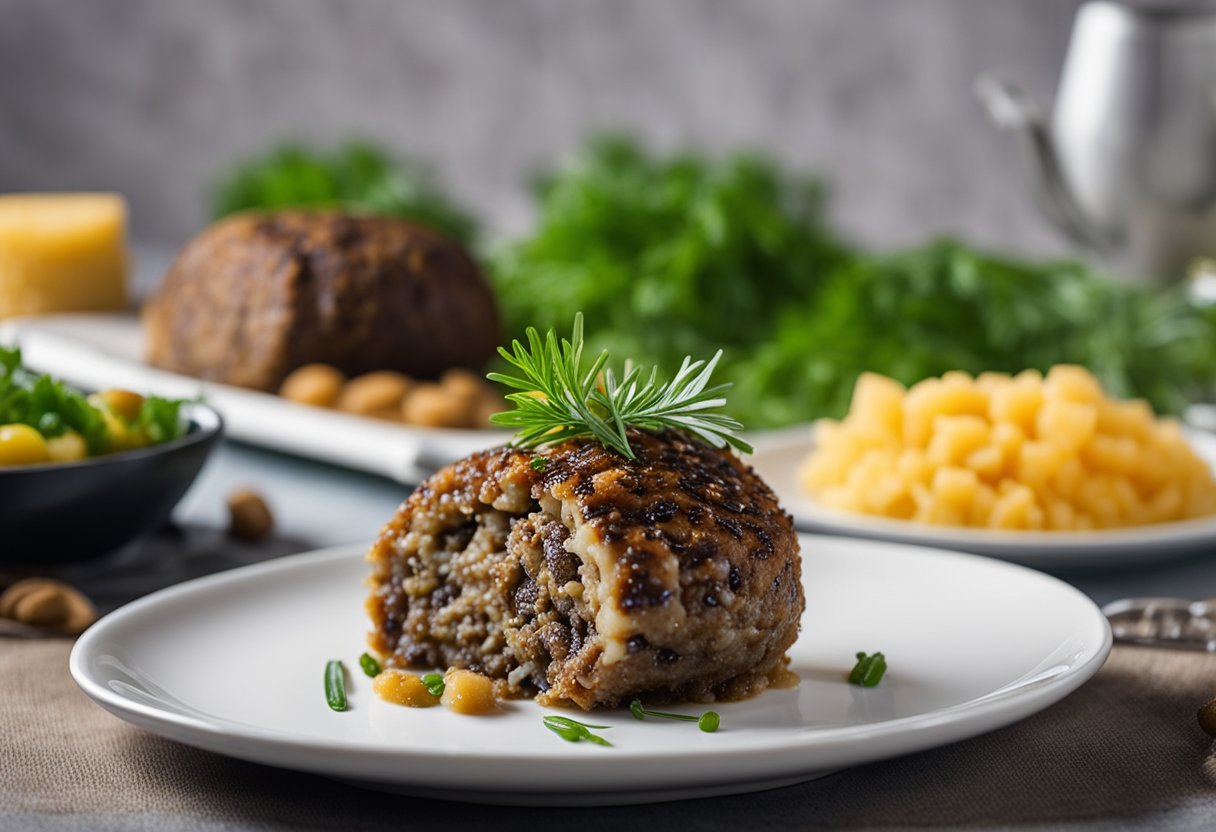
When it comes to serving haggis, there are a variety of options to choose from. Here are some popular serving suggestions that you might want to try:
- Neeps and Tatties: This classic Scottish dish is the perfect accompaniment to haggis. Neeps, also known as turnips or rutabaga, and tatties, or mashed potatoes, are typically served alongside haggis. The sweetness of the neeps and the creaminess of the tatties help to balance out the rich, savory flavors of the haggis.
- Creamy Sauce: If you’re looking for a way to add some extra richness to your haggis, try serving it with a creamy sauce. A simple blend of heavy cream, butter, and a pinch of salt and pepper can be drizzled over the haggis to add a luxurious touch.
- Roasted Rutabaga: For a twist on the classic neeps and tatties, try roasting your rutabaga instead. Toss chunks of rutabaga with olive oil, salt, and pepper, then roast in the oven until tender and caramelized. The sweetness of the roasted rutabaga pairs well with the earthy flavors of the haggis.
- Yukon Gold Potatoes: If you prefer mashed potatoes to tatties, try using Yukon Gold potatoes instead. These buttery, golden potatoes have a rich flavor that complements the haggis nicely.
- Garlic-Rosemary Oil: For a burst of flavor, try drizzling your haggis with garlic-rosemary oil. Simply heat olive oil in a pan with minced garlic and fresh rosemary, then strain the mixture and drizzle over the haggis.
- Scotch Cocktail: To wash down your haggis, try pairing it with a classic Scotch cocktail. A Rob Roy, made with Scotch, sweet vermouth, and bitters, is a popular choice.
These are just a few suggestions for serving haggis. With its rich, savory flavor, haggis pairs well with a variety of different flavors and textures. Whether you prefer to keep it simple with neeps and tatties or get creative with roasted rutabaga and garlic-rosemary oil, there are plenty of ways to enjoy this classic Scottish dish.
Variations of Haggis
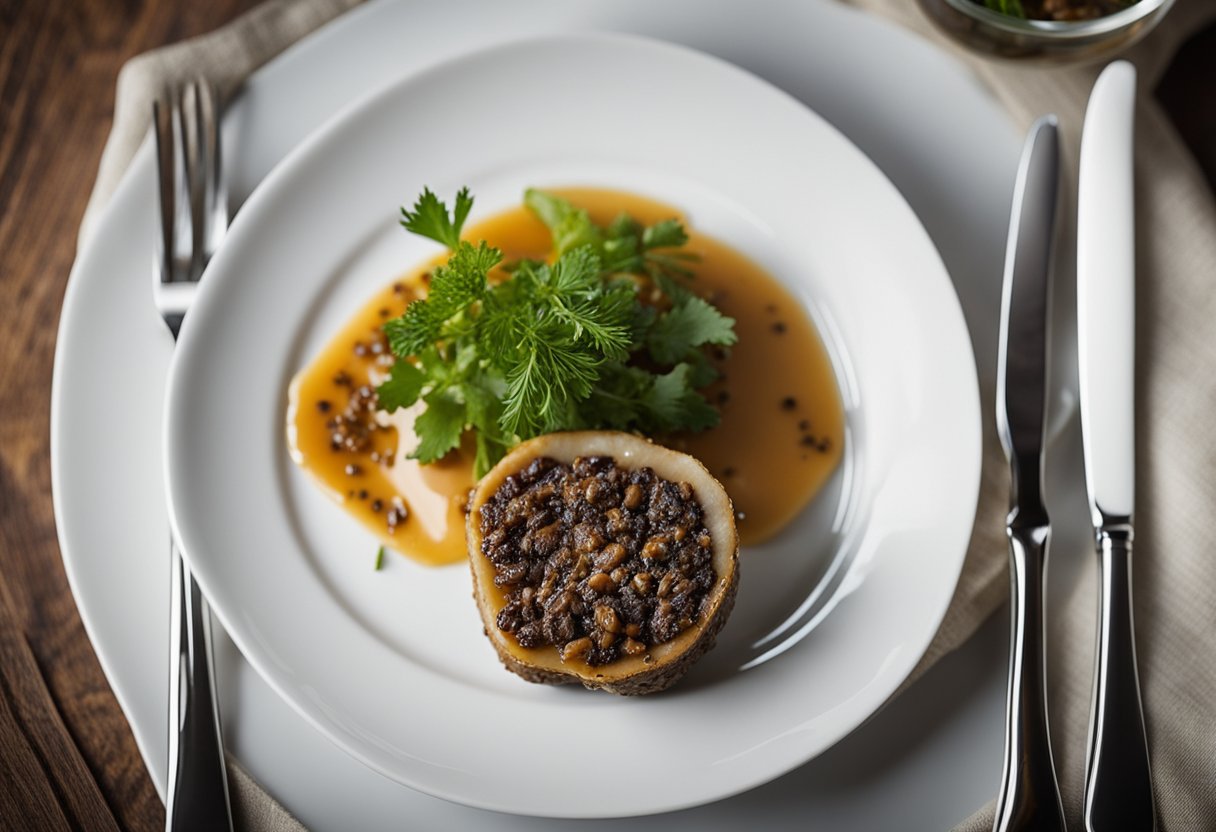
As a traditional Scottish dish, haggis has been around for centuries. Over the years, the recipe has evolved and adapted to suit different dietary requirements and preferences. Here are some variations of haggis that you might come across:
Vegetarian Haggis
Vegetarian haggis is a meat-free alternative to the traditional recipe. Instead of using sheep’s offal, it is typically made using a combination of lentils, white beans, chopped mushrooms, and oats. Vegetarian haggis is a great option for those who want to enjoy the flavors of haggis without consuming meat.
Vegan Haggis
Vegan haggis is similar to vegetarian haggis, but it is also free from any animal products. Instead of using butter or cream, vegan haggis is typically made using vegetable oil or vegan margarine. The main ingredients are usually lentils, beans, and oats, along with a variety of spices and seasonings.
Gluten-Free Haggis
For those with gluten intolerance or celiac disease, there are also gluten-free versions of haggis available. These are typically made using gluten-free oats and other grains, along with a variety of vegetables and seasonings. Gluten-free haggis is a great option for those who want to enjoy the flavors of haggis without any gluten.
Other Variations
In addition to the above variations, there are also many other types of haggis available. Some recipes may include different types of meat, such as beef or venison. Others may use different types of grains or vegetables. The possibilities are endless, and each variation has its own unique flavor and texture.
Overall, haggis is a versatile dish that can be adapted to suit a wide range of dietary requirements and preferences. Whether you prefer traditional haggis or a meat-free alternative, there is sure to be a variation that suits your tastes.
Haggis in Popular Culture
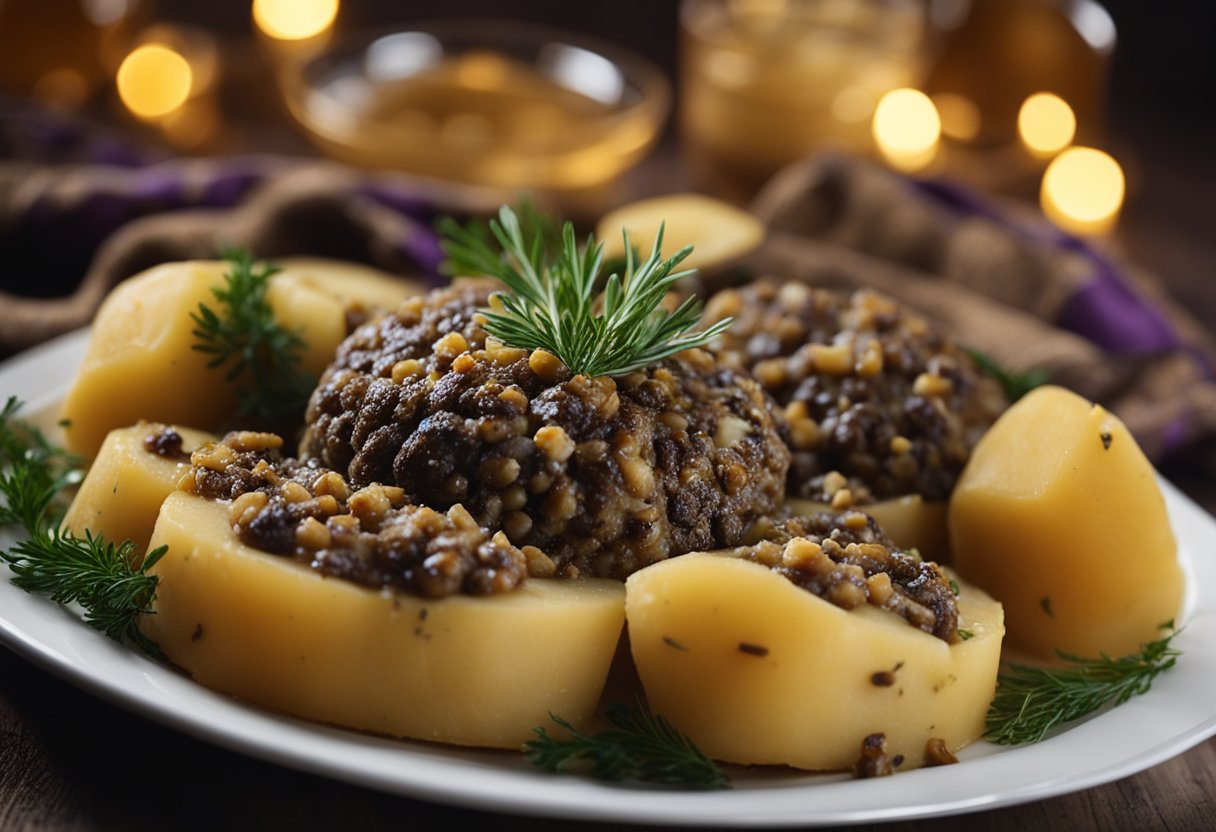
Haggis is a dish that is deeply ingrained in Scottish culture and has become a symbol of Scottish identity. It is often associated with Robert Burns, the famous Scottish poet who wrote “Address to a Haggis,” a poem that pays tribute to this dish.
Burns Night, celebrated on January 25th, is a holiday that honors the poet’s life and work and is often marked by the consumption of haggis.
Haggis has also become a staple of Scottish cuisine and is often served as part of a traditional Scottish breakfast. It can be found in chip shops throughout Scotland and is considered by many to be the country’s national dish.
In recent years, haggis has become more popular outside of Scotland and can now be found in many restaurants around the world. It has even made appearances on popular cooking shows like MasterChef and The Great British Bake Off.
Despite its popularity, haggis is not without controversy. The dish is made from sheep’s offal, including the lungs, heart, and liver, which are mixed with onions, oats, and spices. This has led to concerns about the safety and hygiene of the dish, as well as ethical concerns about the treatment of animals.
Despite these concerns, haggis remains a beloved dish in Scotland and a symbol of the country’s rich cultural heritage. Whether served as part of a traditional Scottish breakfast or enjoyed in a restaurant, haggis is a dish that is sure to delight those who appreciate bold flavors and hearty cuisine.
Controversies and Legalities
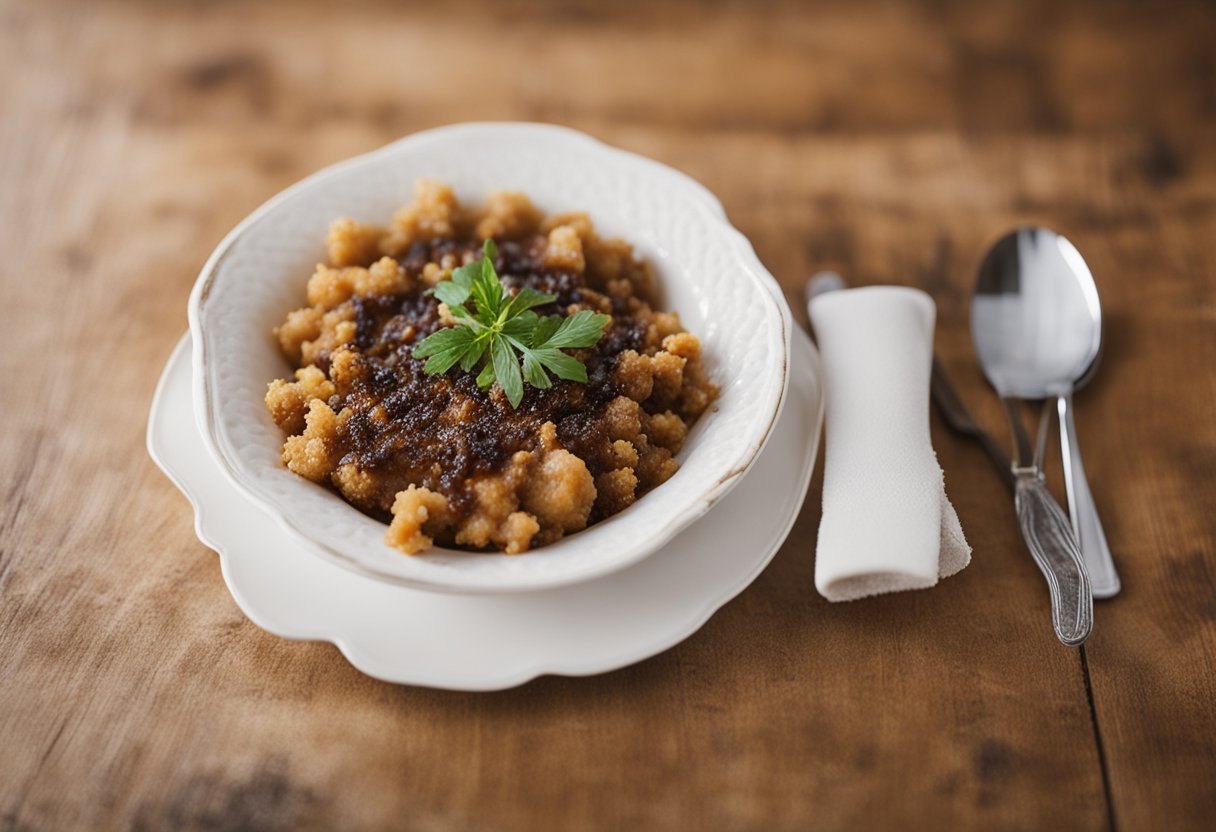
Haggis is a dish that is steeped in controversy and legalities. One of the main controversies surrounding haggis is related to its ingredients. Traditional haggis is made from sheep’s heart, liver, and lungs, mixed with oatmeal, onion, and spices.
However, the use of sheep’s lungs in haggis has been banned in the United States since 1971 due to concerns about bovine spongiform encephalopathy (BSE), also known as mad cow disease. As a result, haggis that is made in the United States does not contain sheep’s lungs and is not considered to be authentic.
Another controversy surrounding haggis is related to its legality. Haggis has been banned in the United States since 1971 due to the use of sheep’s lungs in its preparation.
However, in recent years, there have been efforts to lift the ban on haggis in the United States. In 2017, the US Department of Agriculture (USDA) lifted the ban on the importation of haggis from Scotland, but the ban on the domestic production of haggis in the United States remains in place.
Despite the controversy and legalities surrounding haggis, it remains a beloved dish in Scotland and is often served on special occasions. In Scotland, haggis is considered a delicacy and is often served with neeps and tatties (turnips and potatoes) and a dram of whisky.
In conclusion, while haggis may be controversial and face legal restrictions in some countries, it remains a beloved dish in its country of origin.
The controversy surrounding haggis is related to its use of sheep’s lungs and concerns about BSE, while the legalities surrounding haggis are related to its ban in certain countries. Despite these issues, haggis remains a popular dish that is enjoyed by many.
Frequently Asked Questions
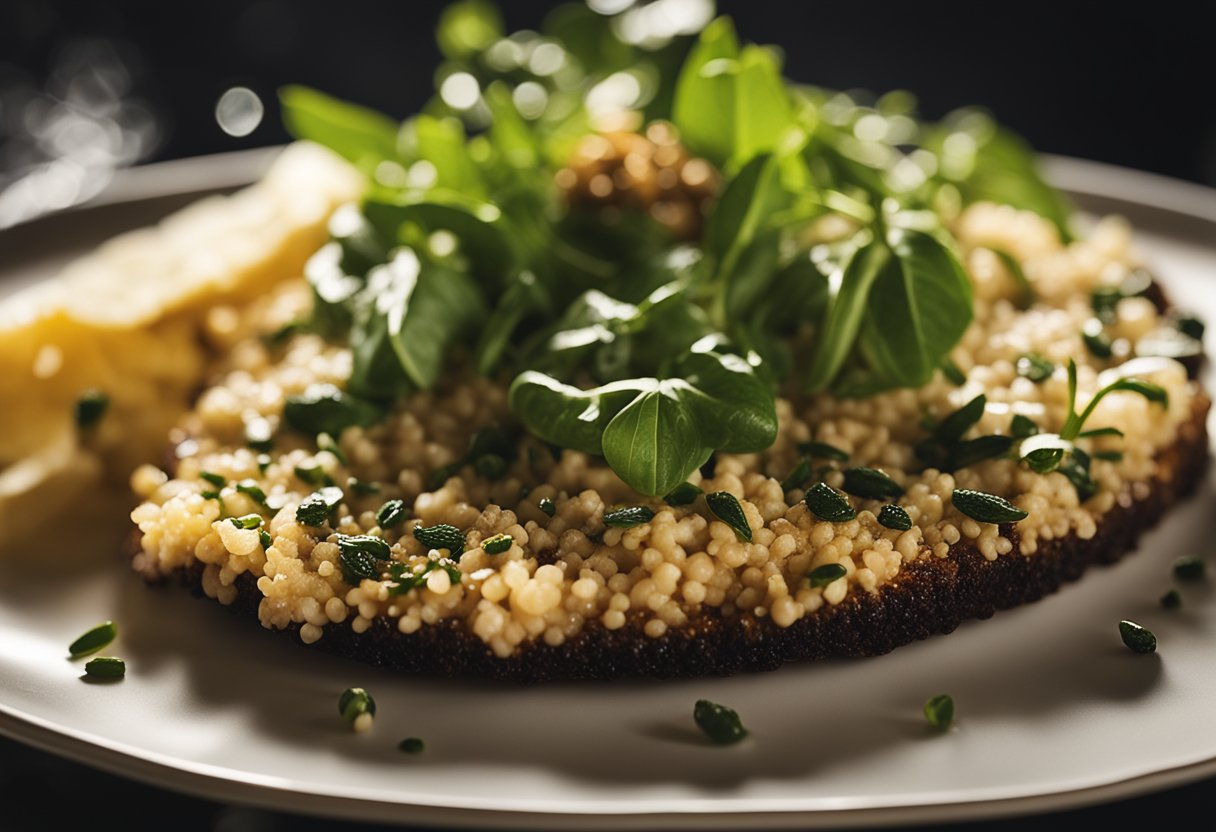
What is haggis made of?
Haggis is a traditional Scottish dish made from sheep’s heart, liver, and lungs, which are minced and mixed with onion, oatmeal, suet, spices, and stock. The mixture is then stuffed into a sheep’s stomach and boiled.
What is haggis, neeps and tatties?
Haggis, neeps, and tatties is a traditional Scottish dish that consists of haggis, mashed turnips (neeps), and mashed potatoes (tatties). It is often served on Burns Night, a celebration of the Scottish poet Robert Burns.
Is haggis healthy?
Haggis is a high-calorie dish that is rich in protein, iron, and other nutrients. However, it is also high in fat and sodium. As with any food, moderation is key.
Is haggis illegal?
Haggis made with sheep’s lung is illegal in the United States due to food safety regulations. However, haggis made without lung is legal and can be found in some specialty stores and restaurants.
What is vegetarian haggis made of?
Vegetarian haggis is made from a mixture of grains, vegetables, and spices, such as lentils, beans, mushrooms, oatmeal, onions, and black pepper. It is a popular alternative to traditional haggis for those who do not eat meat.
How would you describe the taste of haggis?
The taste of haggis is often described as meaty, earthy, gamey, livery, peppery, spicy, and nutty. The texture is crumbly, and the flavor is influenced by the spices and oats used in the recipe. Vegetarian haggis has a similar texture and flavor profile, but with a nutty, herby, and peppery taste.


